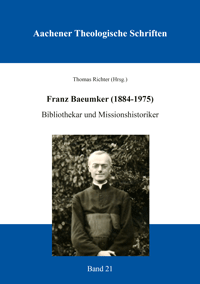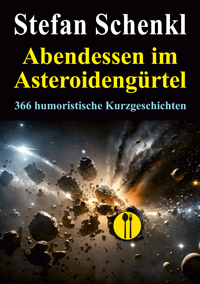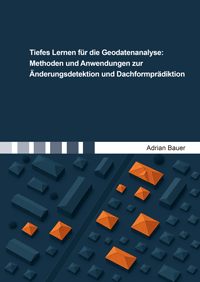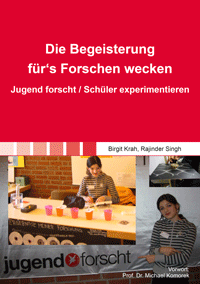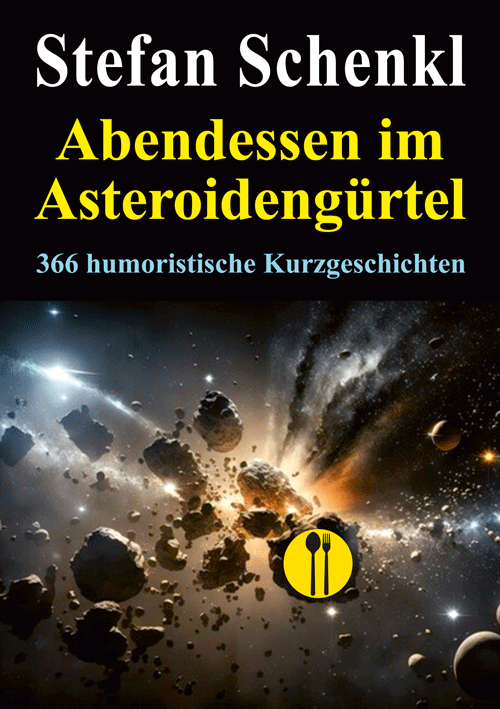Shipping costs based on the weight of the shipment within Germany:
Shipping costs based on the weight of the shipment outside Germany:
Zone
Unit price in €
Price per 100 g in €
Austria, Belgium, Czech Republic, Denmark, France, Luxembourg, Monaco, Netherlands, Poland
DHL Zone 1 non EU
2,94
0,53
Liechtenstein, Switzerland
DHL Zone 2 EU / non EU
2,18
0,60
Andorra, Hungary, Italy, San Marino, Slovakia, Slovenia, Spain, Sweden, United Kingdom, Vatican City State
Bulgaria, Croatia, Cyprus, Estonia, Finland, Greece, Ireland, Latvia, Lithuania, Malta, Portugal, Romania
DHL Zone 3 non EU
2,89
0,80
Albania, Belarus, Bosnia and Herzegovina, Faroe Islands, Greenland, Iceland, Moldova, Republic of, Montenegro, North Macedonia, Norway, Serbia, Ukraine
DHL Zone 4 non EU
2,16
0,90
Algeria, Egypt, Georgia, Israel, Lebanon, Libyan Arab Jamahiriya, Morocco, Russian Federation, Syrian Arab Republic, Tunisia, Turkey
DHL Zone 5 non EU
2,47
1,25
Afghanistan, Armenia, Azerbaijan, Bahrain, Bangladesh, Bhutan, Brunei Darussalam, Cambodia, Canada, China, India, Indonesia, Iran, Iraq, Japan, Jordan, Kazakhstan, Korea, Democartic People's Republic of, Korea, Republic of, Kuwait, Kyrgyzstan, Lao, Malaysia, Maldives, Mexico, Mongolia, Myanmar, Nepal, Oman, Pakistan, Papua New Guinea, Philippines, Qatar, Saudi Arabia, Singapore, Sri Lanka, Taiwan, Tajikistan, Thailand, Timor-Leste, Turkmenistan, United Arab Emirates, United States, Uzbekistan, Viet Nam, Yemen
DHL Zone 6 non EU
2,47
1,31
Angola, Antigua and Barbuda, Argentina, Australia, Bahamas, Barbados, Belize, Benin, Bolivia, Botswana, Brazil, Burkina Faso, Burundi, Cameroon, Cap Verde, Central African Republic, Chad, Chile, Colombia, Comoros, Congo, Congo, The Democratic Republic of the, Costa Rica, Côte D' Ivoire, Cuba, Djibouti, Dominica, Dominican Republic, Ecuador, El Salvador, Equatorial Guinea, Eritrea, Eswatini, Ethiopia, Fiji, Gabon, Gambia, Ghana, Grenada, Guatemala, Guinea, Guinea-Bissau, Guyana, Haiti, Honduras, Jamaica, Kenya, Kiribati, Lesotho, Liberia, Madagascar, Malawi, Mali, Marshall Islands, Mauritania, Mauritius, Micronesia, Federated States of, Mozambique, Namibia, Nauru, Netherlands Antilles, New Zealand, Nicaragua, Niger, Nigeria, Palau, Palestinian Territory, Occupied, Panama, Paraguay, Peru, Rwanda, Saint Kitts and Nevis, Saint Lucia, Saint Vincent and the Grenadines, Samoa, Sao Tome and Principe, Senegal, Seychelles, Sierra Leone, Solomon Islands, Somalia, South Africa, Sudan, Suriname, Tanzania, United Republic of, Togo, Trinidad and Tobago, Tuvalu, Uganda, Uruguay, Vanuatu, Venezuela, Western Sahara, Zambia, Zimbabwe

